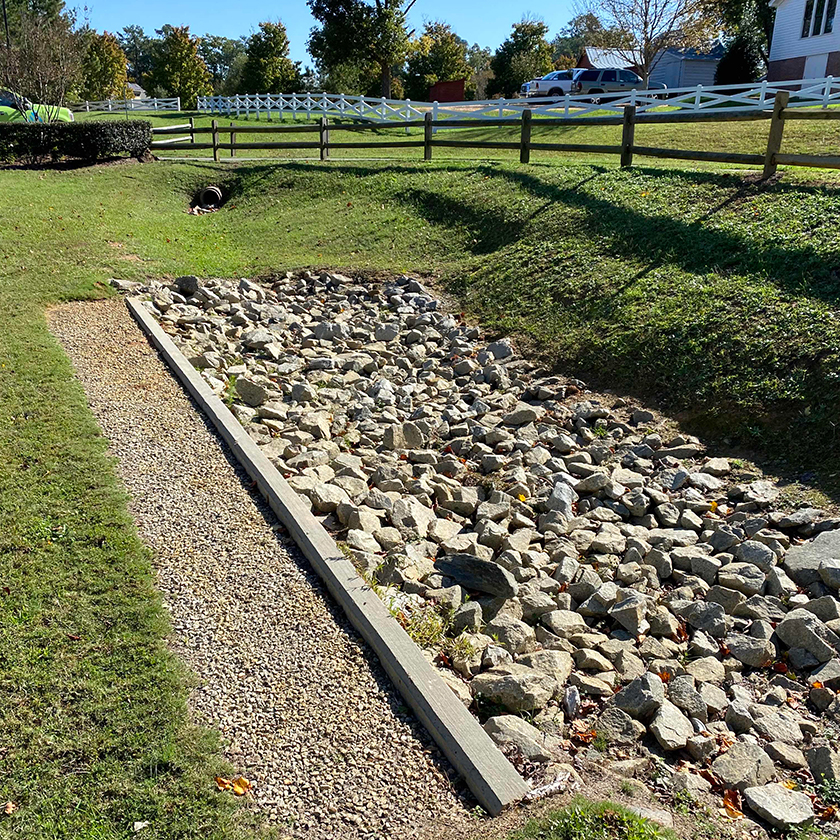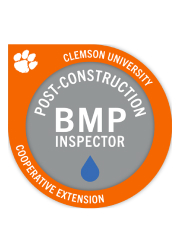Level Spreader Management

What Are Level Spreaders?
Level spreaders are installed to disperse waterflow and avoid erosion by redirecting runoff. Often these stormwater control measures are implemented near a ditch or outflow drain to mitigate the erosive tendencies of stormwater at large volumes. Level spreaders promote infiltration and therefore should flow into vegetated areas.

Uses for Level Spreaders
Level spreaders are an efficient way to disperse large volumes of stormwater in the least erosive way. They provide erosion control, promote water quality and infiltration and are often used in tandem with additional stormwater controls downstream. Built from concrete or prefabricated materials, the long surface must be level to pro
To properly maintain these structures, they should be monitored after every rain event to ensure proper function. If the level spreader experiences a structural defect, like a crack or a piece along the edge is missing, this can cause serious drainage issues. Water will flow differently over the defect resulting in erosion.
We can assist with the development and implementation of your level spreader management solution. Before we develop a maintenance plan for your property, an AQUALIS consultant will perform an initial site assessment to determine your stormwater management needs. Based on the information collected from this visit and our best practices, we will develop a plan that fits your site needs with the highest compliance at the lowest cost.
Benefits of Level Spreaders
Reduces Soil Erosion
Promotes Infiltration
Cost Efficient
Slows Stormwater Velocity
Swales are designed with soil that allows water to infiltrate the ground, providing ground water recharge. Many SCMs utilize sunlight to facilitate evaporation and vegetation to facilitate denitrification
How SCMs Improve Water Quality

Did you receive an NOV? Have an urgent need? We can help.
Reach out to an AQUALIS representative today.








